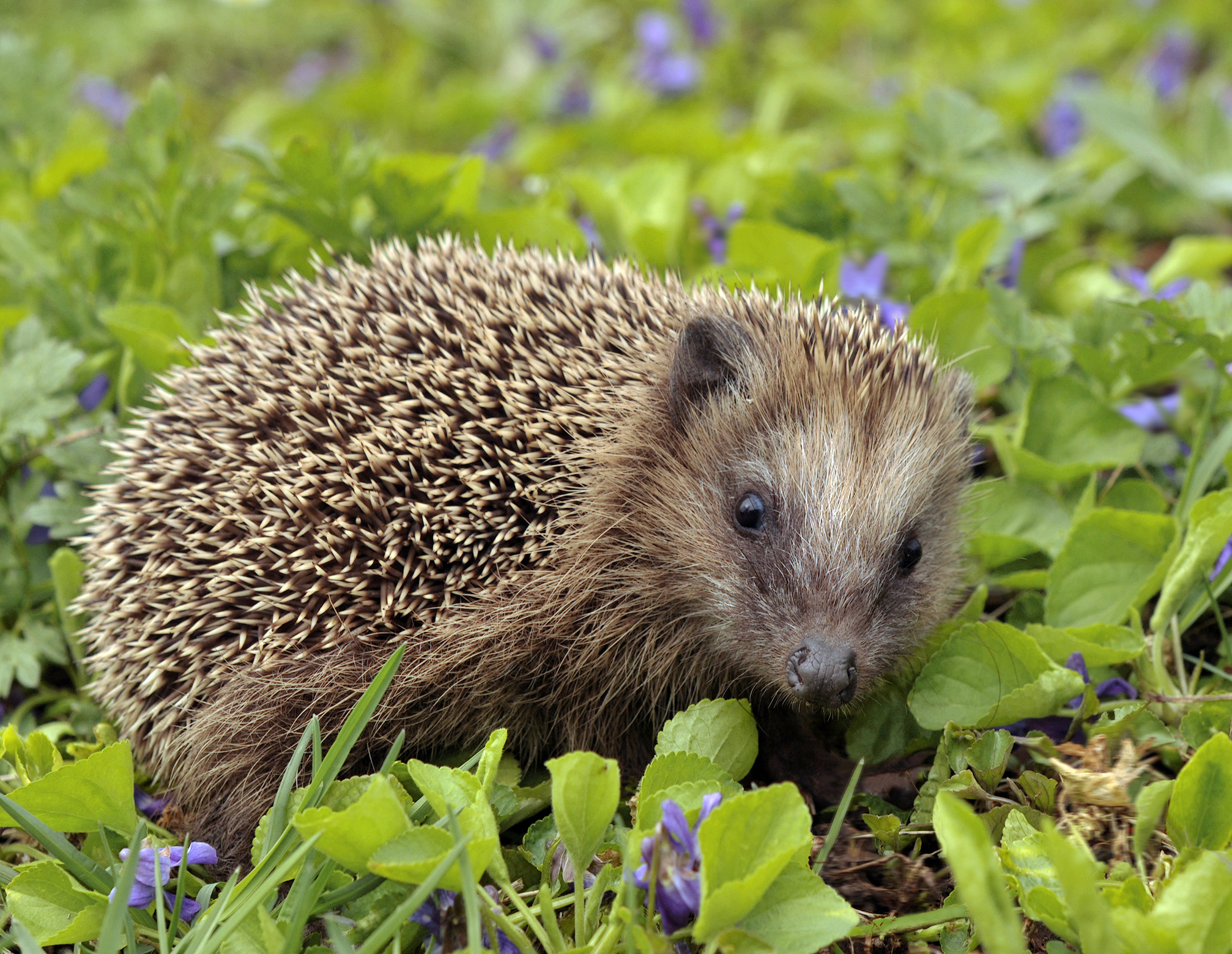
European hedgehog
European hedgehogs are the most well-known, popular and most protected species of hedgehogs in the world. Due to their fragile status through the years due to industrialisation, a lot of media attention has been aimed towards the conservation of this species. Fruitfully so, because their status has been improving since roughtly 2015.

Taxonomy
| Kingdom: | Animalia |
| Phylum: | Chordata |
| Class: | Mammalia |
| Order: | Eulipotyphla |
| Family: | Erinaceidae |
| Genus: | Erinaceus |
| Species: | E. europaeus |
Natural habitat
The European hedgehog is found in almost the entire continent of Europe. It is the most well-known species of hedgehog in the wild and also the most protected species. The species occurs from Spain to Norway and therefore has a very large habitat with a wide variety of climates. The European hedgehog is not a protected species in most countries that cannot simply be taken care of in the house, unless there is really no other option.
Geography
The habitat of the European hedgehog covers a very large area. The species occurs in Austria, Belgium, Croatia, Czech Republic, Denmark, Estonia, Finland, France, Germany, Ireland, Italy, Latvia, Luxembourg, Netherlands, Norway, Poland, Portugal, Russia, Slovenia, Spain, Sweden, Switzerland and the United Kingdom.
Climate
To reflect the extreme differences in the climate, we describe the climate in Spain and the climate in Finland. The differences are very large and that indicates that the species is very resistant to differences in habitats. This takes into account the habitat of the European hedgehog, because it does not occur in Lapland. The average temperature in Finland deviates from the average for the entire country.
The highest temperature in Spain is on average 30 degrees Celsius in summer and the lowest temperature is 6 degrees Celsius in winter. The country has between 4 hours of sunlight per day in winter and 10 hours of sunlight per day in summer. In summer, about 0.5 mm falls per day on about 3-5 days per month. In winter this increases to 3 mm per day on 7 days per month.
In Finland the highest temperature is on average 22 degrees Celsius in summer and the lowest temperature is about -10 degrees Celsius in winter. The country has less than 1 hour of sunlight per day in winter, increasing to 9 hours of sunlight per day in summer. Year-round there is between 1 and 2.5 mm of rain per day on 7 to 12 days per month.
Flora & fauna
The European hedgehog has a large habitat and can also be found in mountain ranges up to an altitude of 2000 meters! With such immense diversity, it makes sense that there are so many animals living within their habitat. For example, in Western Europe mainly foxes, wild boars and many small animals occur, while towards Eastern and Northern Europe there are also wolves, brown bears and lynxes. Towards the north of Europe are also moose and wolverines.
Appearance
The European hedgehog is a larger hedgehog that can weigh up to over 3 kilograms, with some pregnant animals as much as 4 kilograms. They are between 20 and 35 cm in body length and have a dark brown color with brown to black spines. However, there are also blond and albino specimens in the wild.
Protected status
The European hedgehog is a species that is protected by law in many countries where it occurs naturally. In many cases, this means that people are not allowed to just keep these animals in the house or even temporarily take care of them. This is also the case in the Netherlands: you may only take in a European hedgehog at home if there is no possibility to bring the hedgehog to a shelter that same day. In addition, a suitable solution must be found the next day. Rehabilitation centers have special permits to receive, care for and reintroduce the animals into the wild.
However, this is not regulated in all countries, because there are also countries where the species is not protected. There it is customary for the local population to take care of injured animals and take care of them in the house until the they can return to the wild. This is especially the case in Eastern European countries.
Hybrids in European hedgehogs
The European Hedgehog and the Northern White-breasted Hedgehog have a large overlapping habitat in Eastern Europe, where natural hybrids have developed. This is especially the case in Poland, the Czech Republic, Slovakia, Austria and Hungary in the areas where both species occur naturally. This has resulted in some natural mutations such as animals with albinism and animals with melanism, so that in these areas animals live with different colors than the normal dark brown color.
Guernsey and Alderney
Some closed populations of the species are also noteworthy. The populations of European hedgehogs on the British islands of Alderney and Guernsey are so cut off from other populations of European hedgehogs that a small gene pool has developed that has resulted in remarkable color mutations. The islands are known for harboring a large number of blond hedgehogs, which are remarkably lighter in color than the different colors of hedgehogs in Eastern Europe; some even with red eyes.
Help the European hedgehog
In the Netherlands, the European hedgehog is a protected species. This means that you may not just disturb the animals and certainly not just take them into your home. Egelbescherming Nederland specializes in helping to take care of the animals, but they also give many tips to help the European hedgehog in your garden!
Other countries have their own regulations and laws around these animals, so always research the laws that apply in your country before taking a hedgehog into your home. Wild animals should stay wild, unless they really can’t survive on their own. In which case it’s better to contact a veterinarian or a dedicated hedgehog rescue to discuss the future of the hedgehog.
